The inherently misogynistic notion that men’s bodies are superior to women’s – stronger, more beautiful, and closer to divine perfection – held sway for centuries in the west. In part as a result of this perception, the depiction of the nude male body has long been considered a key part of an artist’s training and an indicator of their skill.
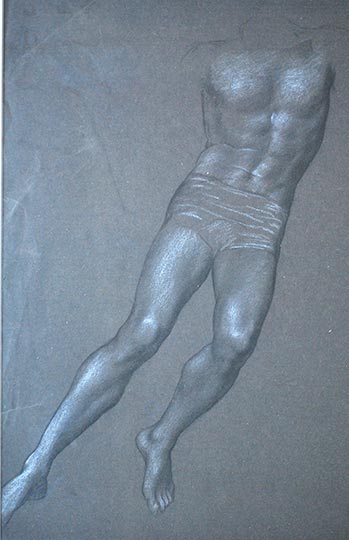
Study of Male Body for Evelyn De Morgan’s painting ‘Boreas and Oreithya’ (1896), Evelyn De Morgan (née Pickering) © De Morgan Foundation
During the Renaissance, artists such as Leonardo worked out the poses of figures by drawing naked workshop assistants. In the 18th century, as the Wallace Collection’s recent exhibition ‘The Male Nude’ highlighted, life drawing was at the core of an artist’s training. Having mastered the art of copying from classical sculpture, elite students at prestigious institutions such as the Paris Académie spent much of their time sketching the forms of working-class male models. As the current exhibition ‘Men in Pants’ at the De Morgan centre shows, this was also true of students at London’s Slade School of Fine Art in the 19th century.
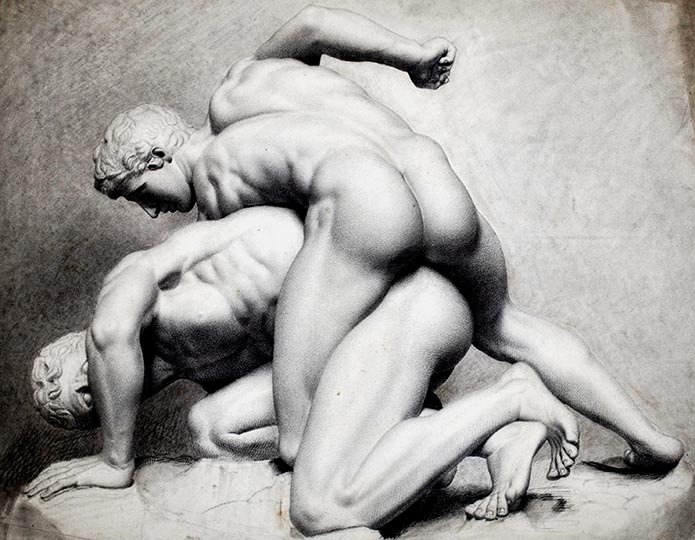
The Wrestlers (c.1873–8), drawing from the antique, Evelyn De Morgan (née Pickering) © De Morgan Foundation
The De Morgan centre show consists of a handful of drawings depicting a familiar array of hunky types: the smooth marble thighs and muscular torso of one of Laocoön’s sons; draped studies of mature men; life drawings of pensive male models. These are all accomplished works, fine and sensitive drawings that exhibit the artist’s developing talents. Indeed, some are prize-winning, judged to be outstanding by the Slade’s no doubt punctilious Victorian masters.
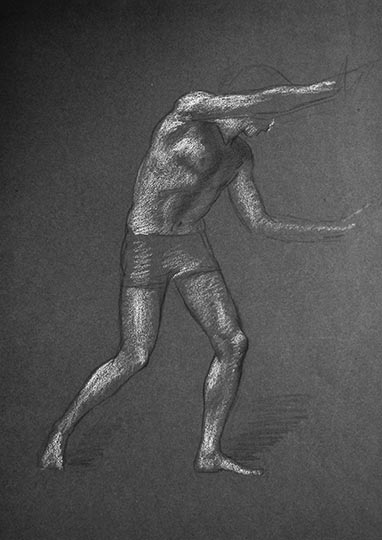
Study of a Standing Male Figure for Evelyn De Morgan’s painting ‘The Valley of the Shadows’ (1897), Evelyn De Morgan (née Pickering) © De Morgan Foundation
But what makes the drawings in this small exhibition different from the many others produced by countless artists in training? One thing: they were all drawn by a woman. In a surprisingly progressive move, from its inception in 1871 the Slade admitted young Victorian ladies as students. They were even permitted to attend life drawing classes – once the precaution had been taken of attiring the models in the titular pants of this exhibition.
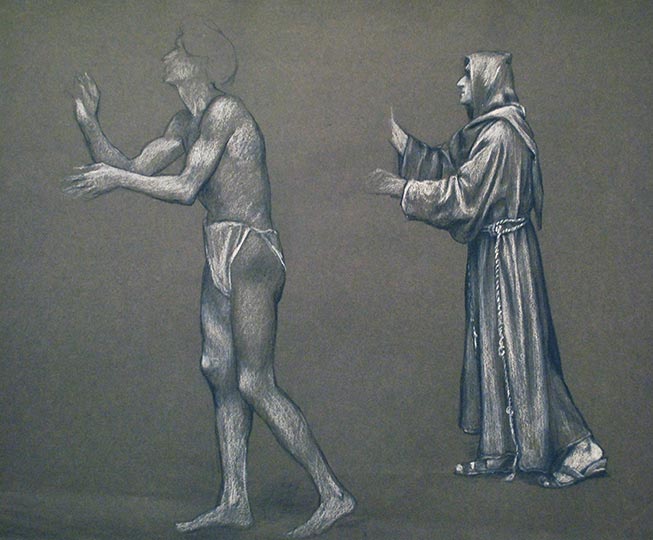
Double Study of Standing Male Figures Associated With Evelyn De Morgan’s painting ‘The Marriage of St. Francis and the Holy Poverty’ (1905), Evelyn De Morgan (née Pickering) © De Morgan Foundation
The hope was evidently that this would preclude lascivious thoughts, the fear of which had long prevented male students drawing female models. Victorian perceptions of feminine innocence here worked to the advantage of Evelyn De Morgan, whose works are on display. Her drawings, although not strikingly original, are both technically accomplished and sensitive, and she carefully annotated some with the length of time she had laboured over them: ‘about a month’ of hard work for one antique warrior.
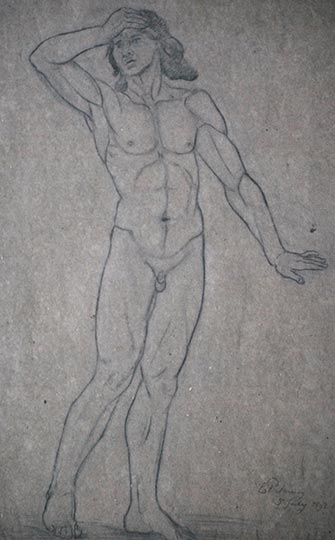
Nude life study of a male figure (c.1873–1900), Evelyn De Morgan (née Pickering) © De Morgan Foundation
Evelyn’s artistic training at the Slade provided a foundation for a career as a painter of dramatic Pre-Raphaelite works, many of them on display at the De Morgan centre. She went on to marry William De Morgan, the celebrated ceramicist who worked alongside William Morris and Edward Burne-Jones, and the couple were active in the movement for women’s suffrage.
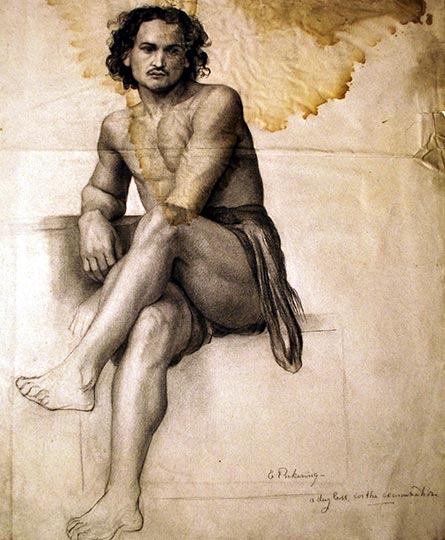
Life Drawing of a seated male model inscribed ‘A Day Less for Examination’ (1875), Evelyn De Morgan (née Pickering) © De Morgan Foundation
Did her time at the Slade awaken in Evelyn a sense of equality with her male peers that informed her later beliefs? Did she ever question the assumption that mastery of male nudes was of greater significance than female? What of the sexual politics inherent in her studies of these nearly naked men? Evelyn’s drawings are adept, and allow for an interesting insight into her artistic process. The questions they prompt, however, are often more interesting than the works themselves, and the curators would perhaps have done well to devote a little more space to their broader context and implications.
‘Men in Pants’ is at the De Morgan Centre, London until 26 April 2014.
Related Articles
The De Morgan Centre in Wandsworth will close on 28 June (Maggie Gray)
Draughtsmen: ‘The Male Nude’ at the Wallace Collection (Maya Corry)
Ideal Man: ‘Masculine / Masculine’ at the Musée d’Orsay (Caroline Rossiter)
Unlimited access from just $16 every 3 months
Subscribe to get unlimited and exclusive access to the top art stories, interviews and exhibition reviews.

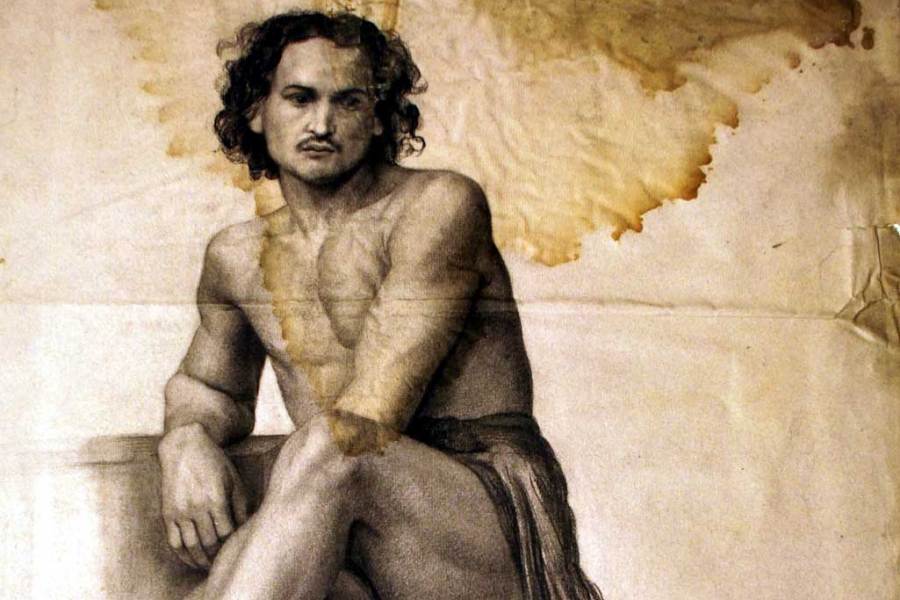
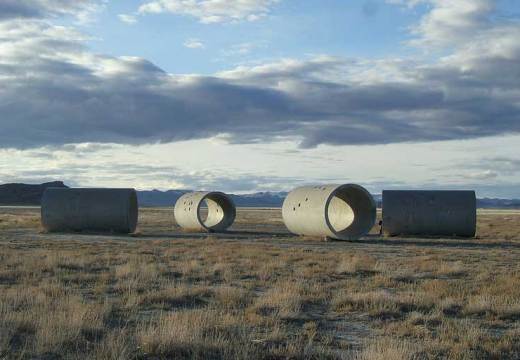
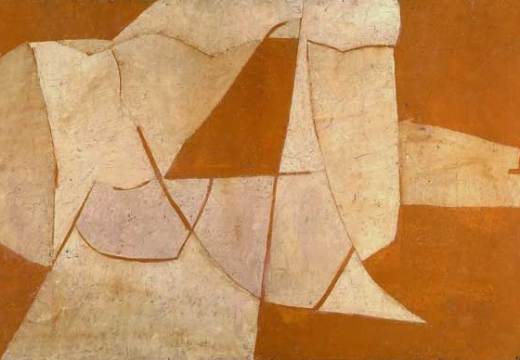
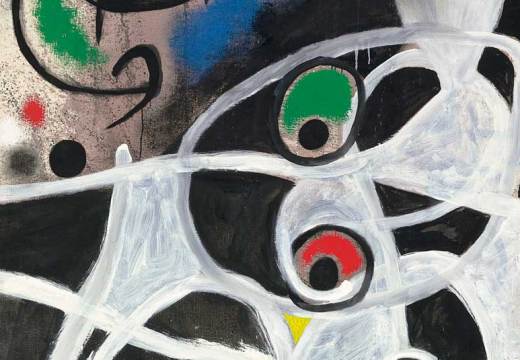








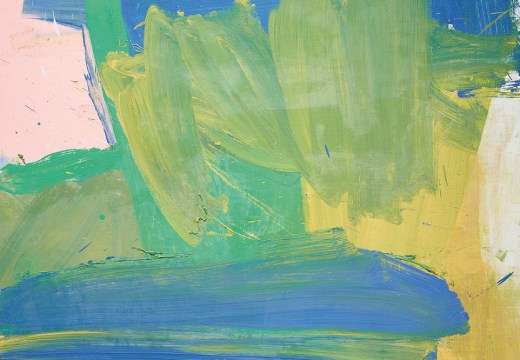
![Masterpiece [Re]discovery 2022. Photo: Ben Fisher Photography, courtesy of Masterpiece London](http://www.apollo-magazine.com/wp-content/uploads/2022/07/MPL2022_4263.jpg)
Why are fathers so absent from art history?